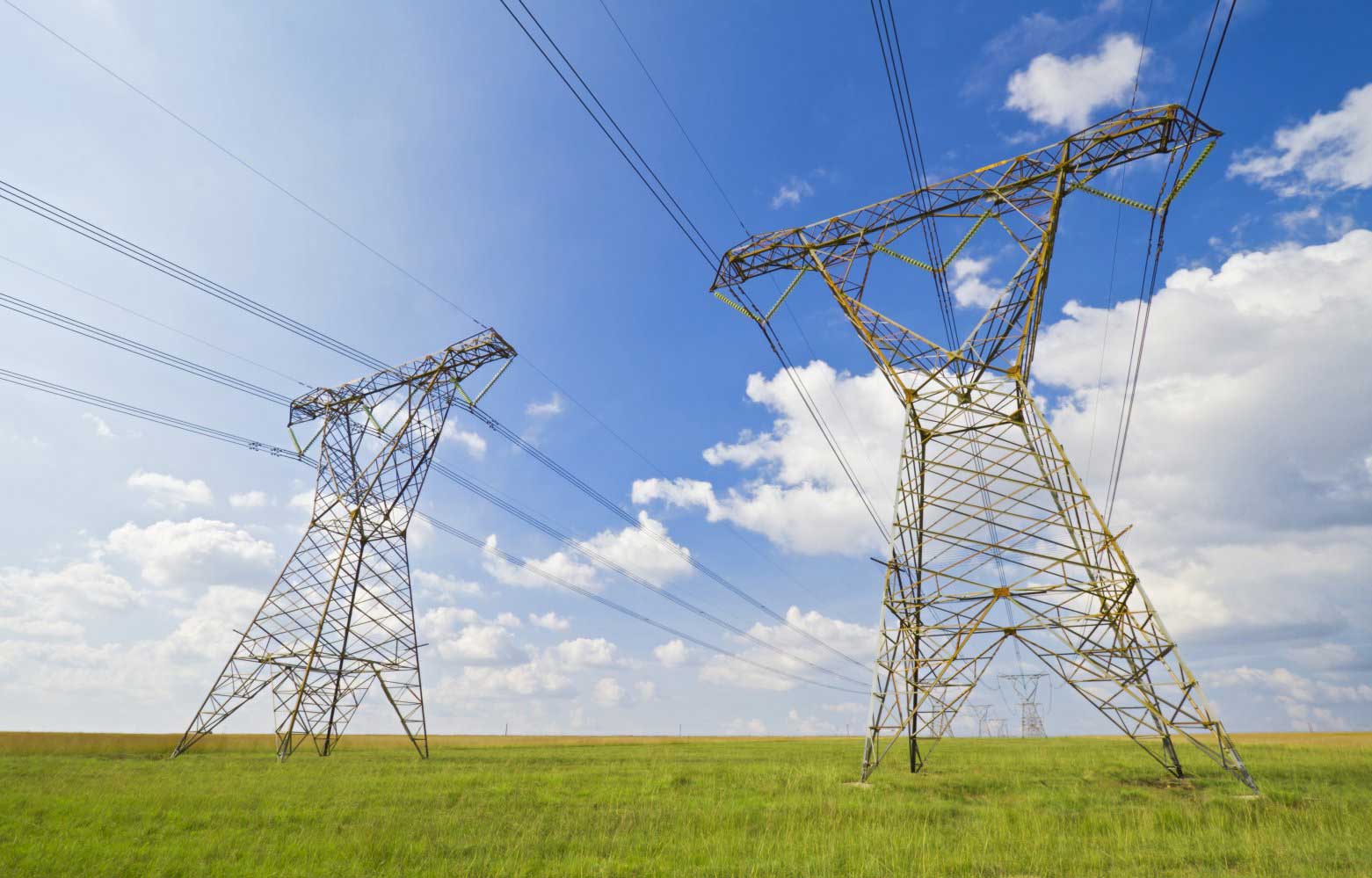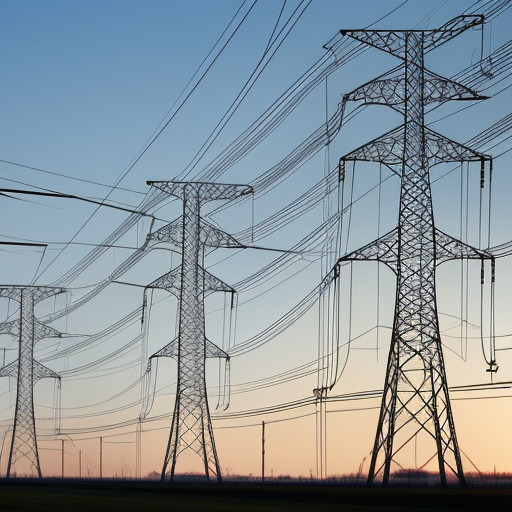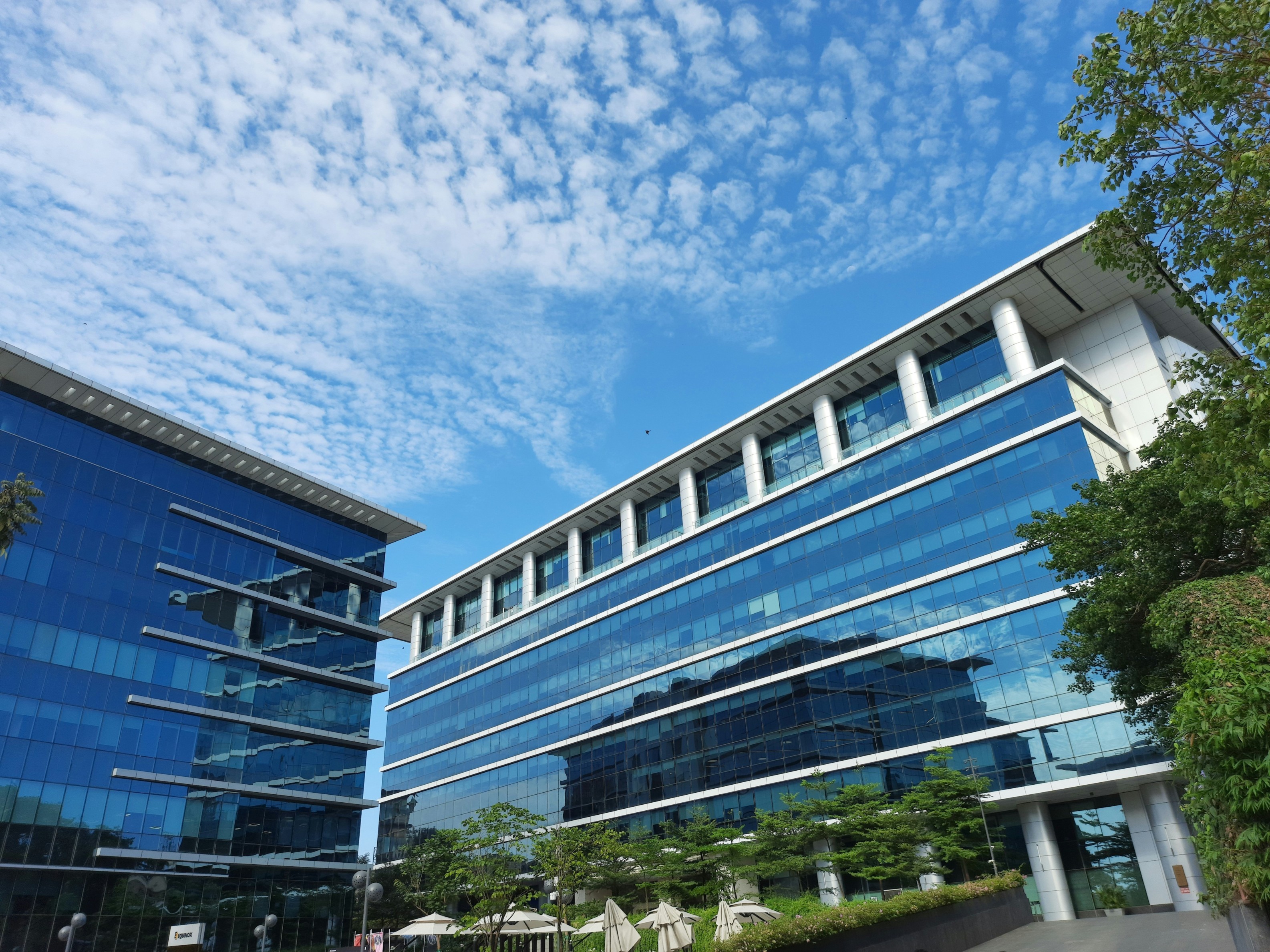Eninrac team has analysed the revised guidelines for capital expenditure by distribution licensees in Madhya Pradesh for 2025, addressing various aspects of planning, approval, implementation, and evaluation. Here's an assessment of the potential repercussions on stakeholders:
1. Distribution Licensees
Positive Impacts:
• Structured Investment Approach: Clear categorization and evaluation parameters promote systematic planning and implementation.
• Flexibility for Emergency Projects: The guidelines allow for expedited approval of critical emergency projects.
• Enhanced Monitoring: Parameters for progress tracking, including geo-tagging and regular reporting, enable better oversight.
Challenges:
• Compliance Burden: Extensive documentation and justifications required for in-principal approval might increase administrative efforts.
• Financial Accountability: Strict adherence to cost and performance benchmarks could strain underperforming licensees.
2. Consumers
Positive Impacts:
• Improved Services: Focus on quality, reliability, and efficiency (e.g., SAIFI, SAIDI targets) will likely enhance the consumer experience.
• Innovations and Modernization: Adoption of smart grids, renewable integration, and demand-side management improves service delivery.
Challenges:
• Cost Pass-Through: Increased capital expenditure might raise tariffs if costs are passed on through the Annual Revenue Requirement (ARR).
3. Regulators (MPERC)
Positive Impacts:
• Enhanced Oversight: Comprehensive frameworks and rolling plans provide a clear basis for monitoring and approvals.
• Transparency: Clearer documentation ensures transparency and easier evaluation.
Challenges:
4. Contractors and Equipment Providers
Positive Impacts:
• Growth Opportunities: Increased infrastructure projects may lead to higher demand for construction and equipment supply.
• Encouragement for Innovation: Incentives for pilot projects and modern technologies could drive new business opportunities.
Challenges:
• Tight Benchmarks: Delays or deviations from schedules and budgets could lead to penalties or reputational risks.




